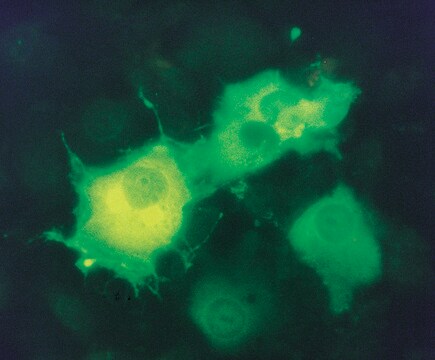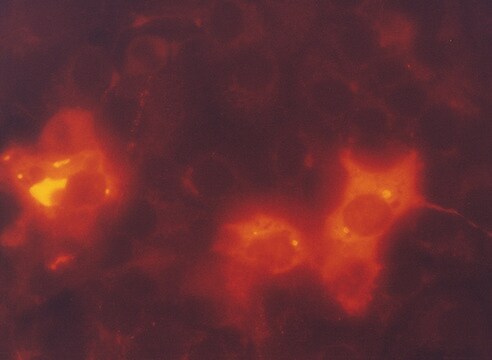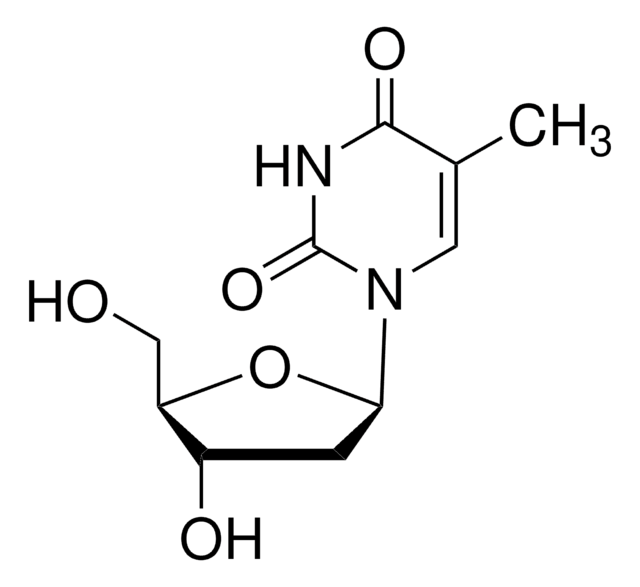C4710
Monoclonal Anti-Cyclin A antibody produced in mouse
clone CY-A1, ascites fluid
About This Item
Productos recomendados
origen biológico
mouse
conjugado
unconjugated
forma del anticuerpo
ascites fluid
tipo de anticuerpo
primary antibodies
clon
CY-A1, monoclonal
mol peso
antigen 60 kDa
contiene
15 mM sodium azide
reactividad de especies
mouse, human, monkey, bovine
técnicas
immunocytochemistry: suitable
microarray: suitable
western blot: 1:1,000 using a mouse NIH 3T3 cell extract
isotipo
IgG2a
Nº de acceso UniProt
Condiciones de envío
dry ice
temp. de almacenamiento
−20°C
modificación del objetivo postraduccional
unmodified
Información sobre el gen
human ... CCNA2(890)
mouse ... Ccna2(12428)
Descripción general
Especificidad
Inmunógeno
Aplicación
- immunocytochemistry
- microarray
- western blotting at a dilution of 1:1,000 using a mouse NIH 3T3 cell extract
Cláusula de descargo de responsabilidad
¿No encuentra el producto adecuado?
Pruebe nuestro Herramienta de selección de productos.
Opcional
Código de clase de almacenamiento
10 - Combustible liquids
Clase de riesgo para el agua (WGK)
nwg
Punto de inflamabilidad (°F)
Not applicable
Punto de inflamabilidad (°C)
Not applicable
Elija entre una de las versiones más recientes:
¿Ya tiene este producto?
Encuentre la documentación para los productos que ha comprado recientemente en la Biblioteca de documentos.
Nuestro equipo de científicos tiene experiencia en todas las áreas de investigación: Ciencias de la vida, Ciencia de los materiales, Síntesis química, Cromatografía, Analítica y muchas otras.
Póngase en contacto con el Servicio técnico







